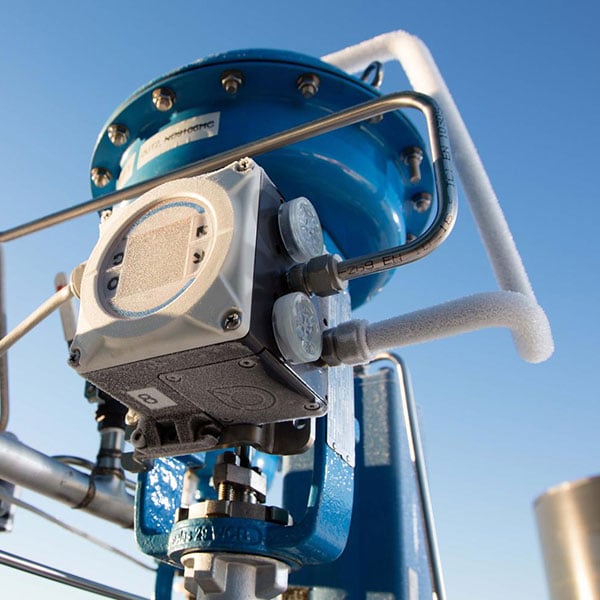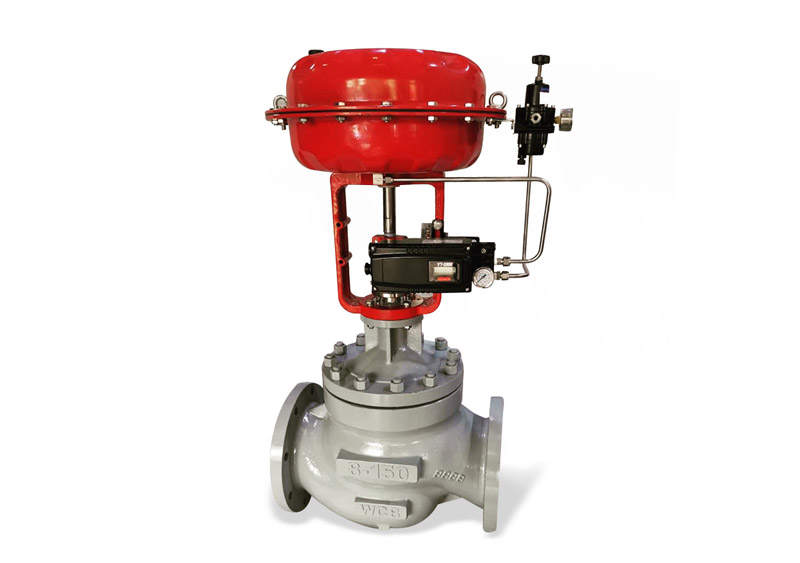
Maximize Energy Savings and Comfort With Advanced Structure Automation Controls
In the world of contemporary style and center administration, the integration of sophisticated building automation manages stands as a pivotal development. The convergence of innovation and sustainability has actually birthed a brand-new age where power effectiveness, convenience optimization, and functional streamlining are no more distant aspirations however obtainable realities. By taking advantage of the power of automation, structures can adapt, react, and progress in manner ins which were when unimaginable. The potential for significant power financial savings and improved convenience is not simply a promise however an opportunity waiting to be satisfied. This paradigm change in building monitoring holds the crucial to unlocking a globe where environmental conscientiousness and passenger well-being sympathetically coexist within the wall surfaces of our structures.
Power Performance Advantages
Power efficiency advantages can considerably decrease power consumption and functional costs in structures. By applying energy-efficient techniques and innovations, structure proprietors and drivers can attain substantial financial savings while also adding to environmental sustainability. One of the main benefits of boosting power efficiency in buildings is the reduction of utility bills. Energy-efficient systems, such as innovative structure automation controls, can enhance using sources like heating, cooling, and lights, causing lower energy expenses gradually.
In addition, improved power performance can lengthen the lifespan of structure devices and systems. By running more successfully, a/c systems, light, and various other structure parts experience less wear and tear, causing lowered maintenance and substitute expenses. Furthermore, energy-efficient buildings typically command higher residential or commercial property values and rental rates, giving lasting economic benefits to proprietors.
Additionally, power efficiency can improve passenger comfort and efficiency. Properly managed indoor atmospheres with optimum lighting and thermal problems create an even more conducive and pleasurable workspace, causing boosted employee fulfillment and efficiency. Overall, the energy effectiveness benefits associated with innovative structure automation controls are multifaceted, encompassing cost financial savings, environmental stewardship, and passenger health.
Improved Convenience Control
Enhancing convenience control in building atmospheres calls for a sophisticated assimilation of sophisticated automation systems for ideal owner wellness. By making use of sophisticated building automation controls, facilities can tailor the interior environment to meet the particular requirements and choices of owners. control valves.
Boosted convenience control surpasses standard temperature adjustments. It includes features such as individualized setups, occupancy sensing units, and all-natural light use to create a receptive and vibrant environment. By integrating these advanced controls, structures can not only boost comfort but also boost power efficiency by maximizing system procedures based upon actual occupancy and usage patterns. Inevitably, focusing on owner comfort through advanced automation systems results in an extra delightful and much healthier interior atmosphere.
Operational Efficiency Improvements

Moreover, the application of real-time tracking and analytics devices makes it possible for structure operators to identify energy ineffectiveness and operational anomalies immediately. By Read More Here continually keeping track of energy usage patterns and system efficiency metrics, modifications can be made in real-time to optimize power intake and make sure peak functional efficiency. control valves. Furthermore, integrating need response techniques right into structure automation controls can further boost functional effectiveness by dynamically adjusting energy use based on grid problems and prices signals
Indoor Environment Optimization
Reliable interior environment optimization is an essential element of building automation controls, making certain occupants' comfort and health while maximizing energy cost savings. By utilizing sophisticated sensors and controls, developing automation systems can continually change and monitor temperature, moisture levels, air top quality, and air flow to create an ideal interior environment. Keeping comfortable and regular conditions not only improves passenger satisfaction yet also improves performance and overall wellness.
Indoor climate optimization likewise plays an important function in power efficiency. By fine-tuning air flow, cooling, and home heating systems based upon real-time data and tenancy patterns, developing automation controls can dramatically reduce energy usage - control valves. Carrying out techniques such as demand-controlled ventilation and thermal zoning can assist reduce energy waste while ensuring that each location of the building gets the necessary conditioning.

Lasting Environment Production
Building automation regulates not only optimize interior environment problems for energy performance and passenger comfort but additionally lay the structure for creating a lasting setting through critical monitoring of systems and sources. By integrating sophisticated building automation innovations, such as sensors, actuators, and intelligent software program, facilities can monitor and change power usage in real-time to reduce waste and lower their carbon footprint. These systems allow anticipating maintenance, recognizing potential problems before they escalate and enhancing tools performance to improve long life and efficiency.
Additionally, lasting environment creation prolongs past power management to include water preservation, waste decrease, and interior air quality enhancement. look at here Structure automation controls can manage water use, find leaks, and make sure appropriate garbage disposal techniques, contributing to total sustainability efforts. In addition, by regulating and keeping an eye on ventilation and purification systems, these innovations boost occupant health and efficiency while decreasing energy intake connected with heating and cooling procedures.
Final Thought
Finally, progressed structure automation manages deal considerable advantages in terms of energy financial savings, comfort control, functional efficiency, interior climate optimization, and creating a sustainable setting. By executing these controls, buildings can attain optimum efficiency while decreasing power usage and enhancing occupant convenience. It is obvious that making use of sophisticated automation technology is crucial in improving building efficiency and producing a more lasting future.
Energy efficiency advantages can dramatically decrease energy usage and operational expenses in structures. Generally, the energy performance benefits connected with advanced building automation controls are complex, encompassing cost financial savings, environmental stewardship, and passenger well-being.
Furthermore, including need response techniques into structure automation controls can further enhance operational efficiency by dynamically adjusting power use based on grid conditions and pricing signals.
Building websites automation controls not only enhance interior climate conditions for energy effectiveness and passenger convenience however additionally lay the structure for creating a sustainable setting via strategic management of systems and resources.In final thought, progressed structure automation regulates deal substantial benefits in terms of energy financial savings, convenience control, functional effectiveness, indoor climate optimization, and creating a lasting setting.